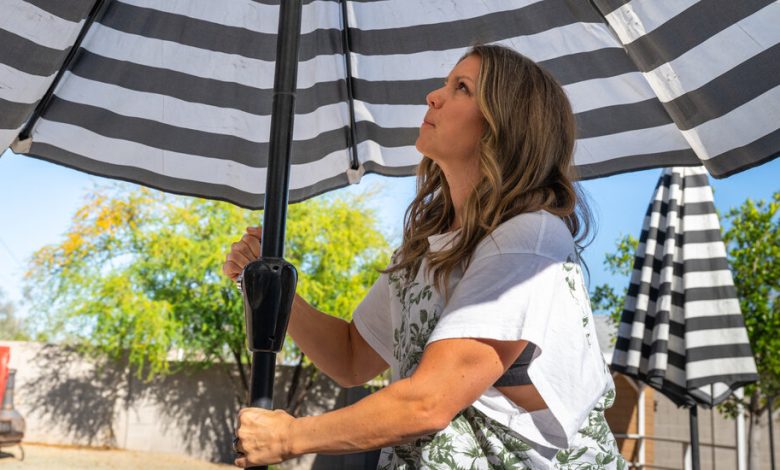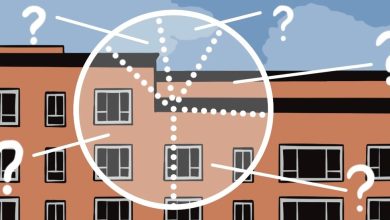S’mores Kits? Saunas? Short-Term Rental Hosts Scramble to Stand Out.

In Scottsdale, Ariz., where the sunny weather lures bachelorette party revelers year-round, short-term rental owners are ready and waiting.
Their houses are designed with bright interiors — vibrant wallpaper, neon signs, colorful murals, pops of pink — and resort-like outdoor spaces. There are makeup studios with mirrors, ring lights and swivel chairs where everyone can get ready for a night on the town. Pools, fire pits and yoga areas are highlighted in the listings, designed to catch bridesmaids’ eyes with photos worthy of a glossy magazine.
“We didn’t just design a house,” said Carissa Vivirito, an Airbnb host in Scottsdale. “We designed an entire brand.” With a partner, Nicole Zopolos, she owns three houses under the “Pink Cactus” name that cater specifically to bachelorette parties.
The short-term rental industry, in which people rent out furnished rooms, apartments or houses on platforms like Airbnb and Vrbo, has grown so fast in recent years that supply now outpaces demand across the United States, with homeowners scrambling to convert their second homes or investment properties into cash. But three straight years of declining occupancy rates have left more hosts to fight over fewer guests, driving down prices and forcing the hosts — and the platforms they use — to find new and creative ways to entice renters.
Last month, perhaps in an effort to combat creepy headlines and sketch-show roasting, Airbnb announced a ban on all indoor security cameras (“to prioritize the privacy of our community”). The company, which leads the industry with more than 7.7 million listings, also rolled out a new guest cancellation policy that allows refunds in the event of foreseeable weather events, like hurricanes.




